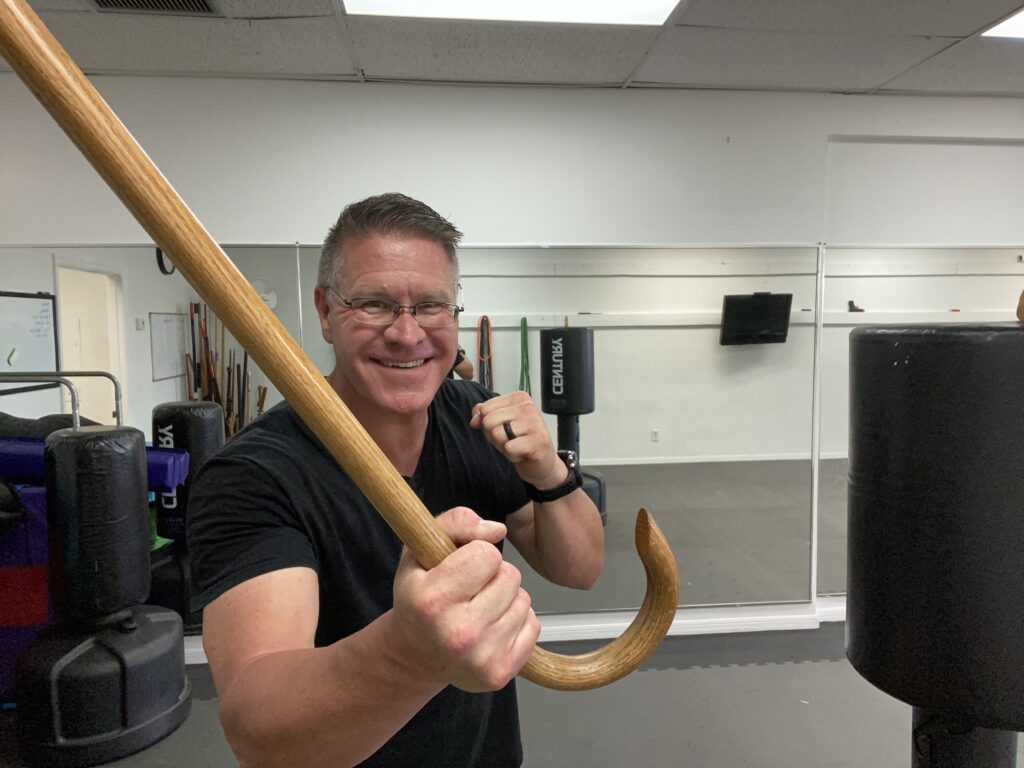- Versatility: A kubaton can be used in a variety of self defense situations, including striking, jabbing, and pressure point attacks.
- Convenience: A kubaton keychain is a small and portable self defense tool that can easily fit into a purse or pocket, making it convenient to carry with you wherever you go.
- Easy to Use: Kubatons are designed to be easy to use, even for those who have no previous self defense training. With a little practice, anyone can learn how to effectively use a kubaton to defend themselves.
- Non-Lethal: A kubaton is a non-lethal self defense tool, making it a good option for those who prefer not to carry a firearm or pepper spray.
- Discreet: A kubaton keychain can be carried discreetly, so you can have it with you at all times without drawing attention to yourself.
- Legal: In many places, kubatons are legal to carry and use for self defense purposes. It’s always a good idea to check the laws in your area before carrying any self defense tool.
- Affordable: Kubatons are relatively inexpensive, making them an affordable self defense option for anyone.
- Can be Used in Close Quarters: A kubaton is a great self defense option in close quarters, such as in an elevator or a crowded street, where using a firearm or pepper spray might not be practical.
- Can Help Deter an Attack: Just the sight of a kubaton may be enough to deter an attacker, as it shows that you are prepared to defend yourself.
- Can be Used in Conjunction with Other Self Defense Techniques: A kubaton can be used in conjunction with other self defense techniques, such as verbal self defense and escape techniques, to provide an additional layer of protection.
Overall, a kubaton self defense keychain is a convenient, versatile, and affordable tool that can help you feel safer and more prepared to defend yourself in a variety of situations.
See more here https://youtu.be/UmVIPvy-zpE
